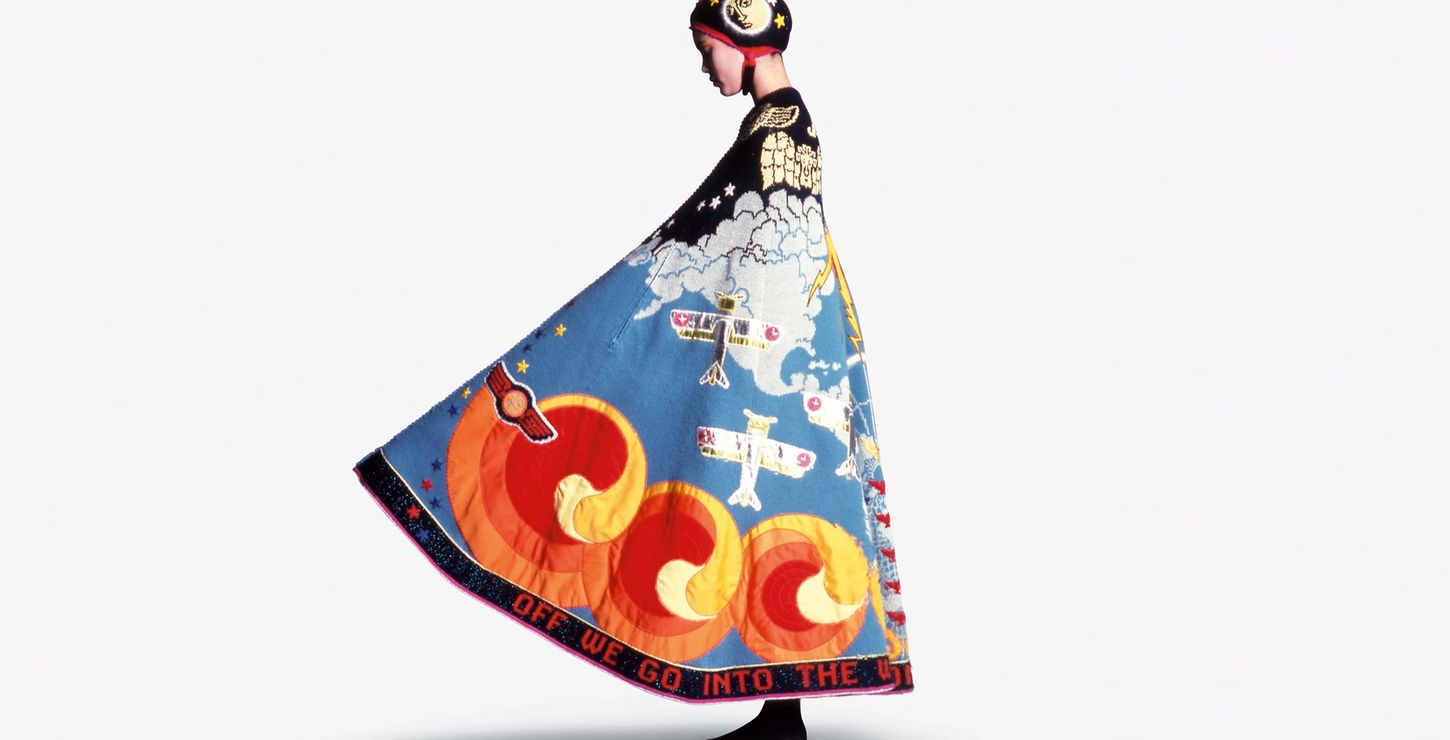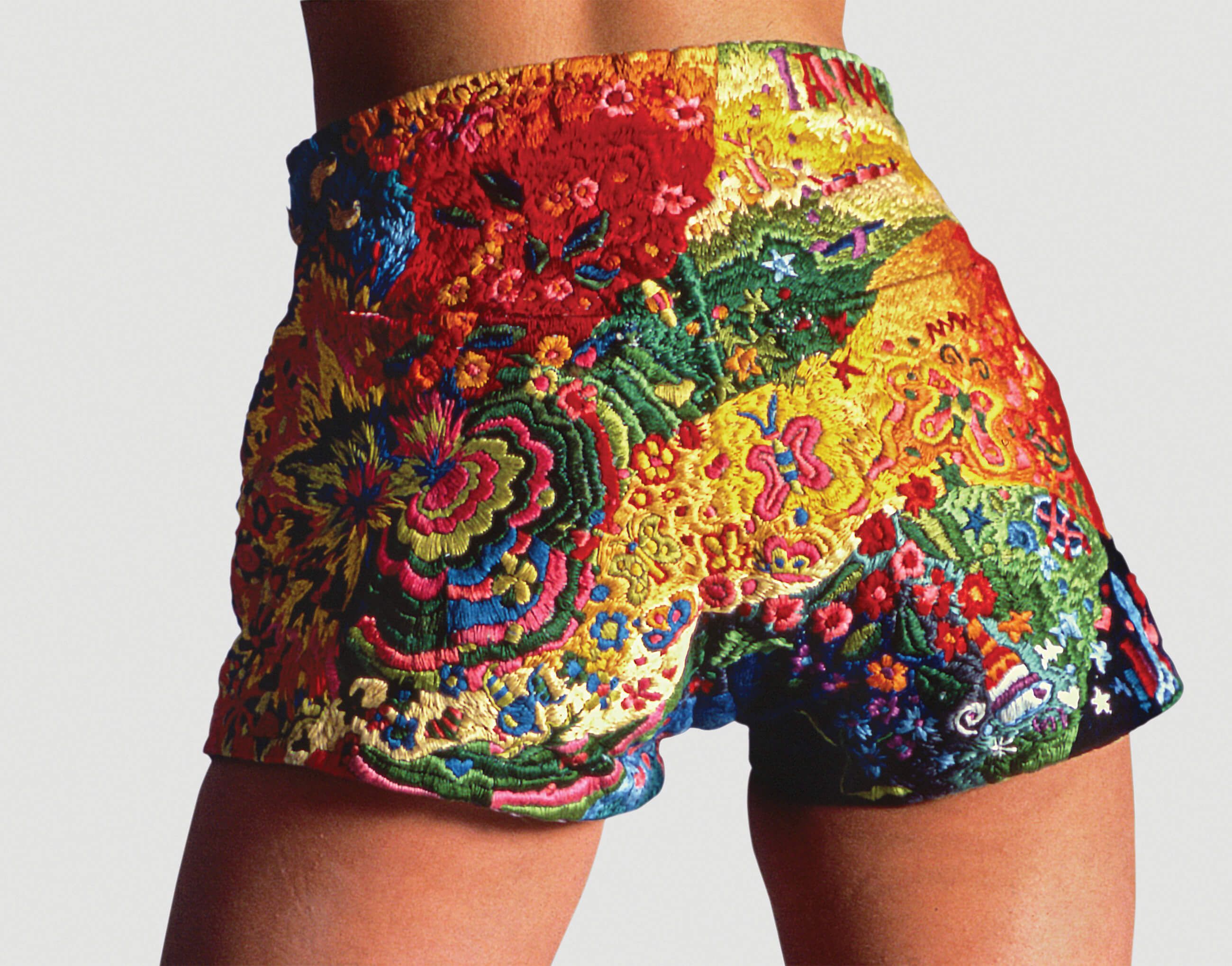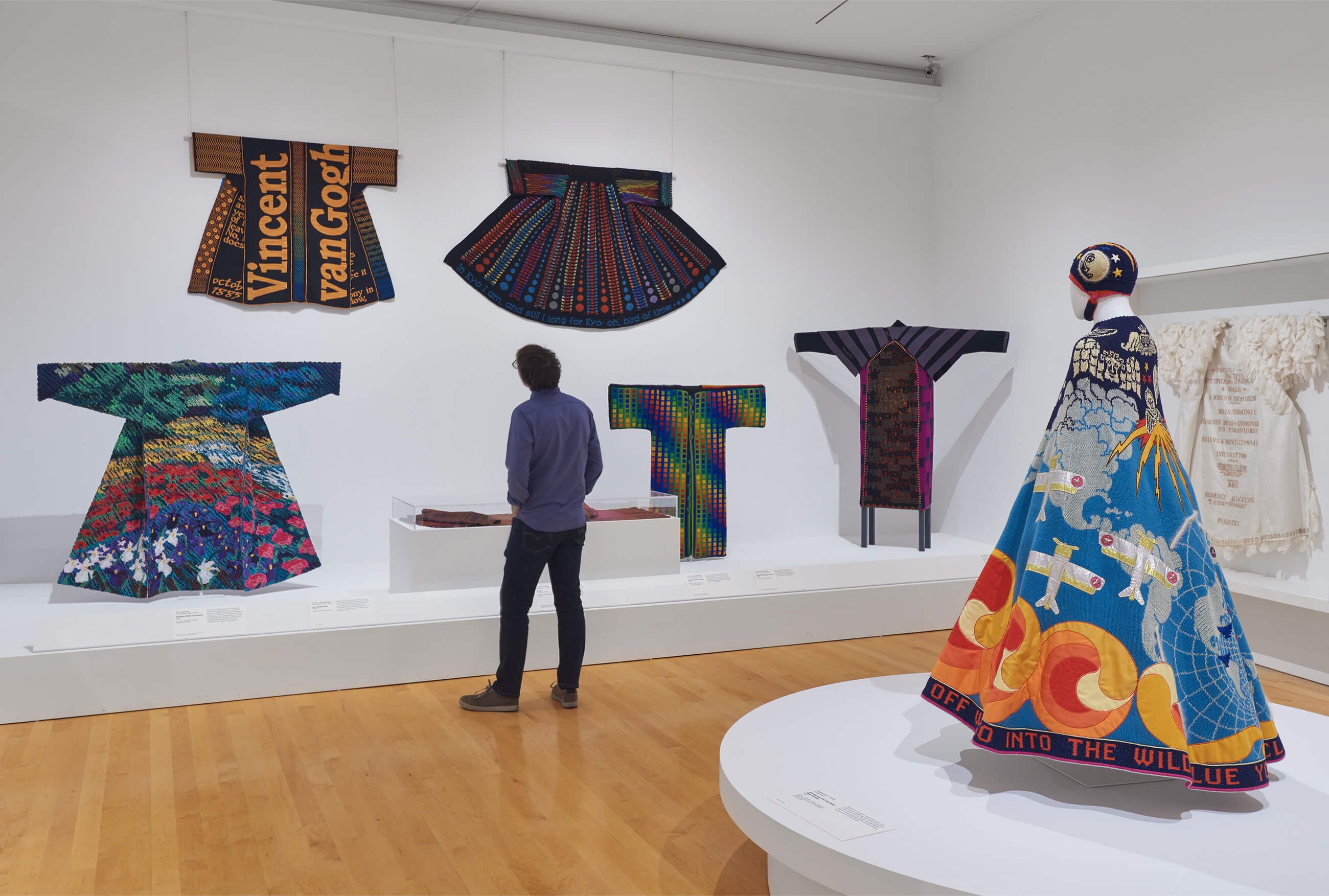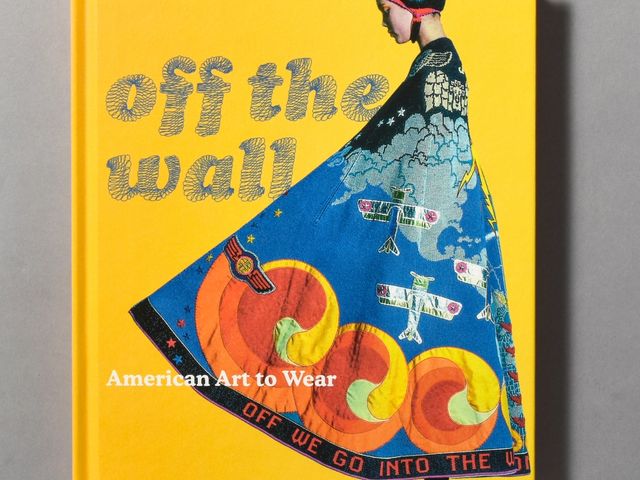Sunflowers,
Vincent van Gogh painted this luminous image of sunflowers from memory, in the depths of winter in 1889. Throughout his ten-year career, Van Gogh painted sunflowers repeatedly in different arrangements and settings. The shapes, colors, and cheerfulness of the modest flower appealed to him. He associated its yellow color with sunshine, the south, and Christ, the light of the world. Over a single week in August 1888, Van Gogh painted four pictures of sunflowers, including a bold canvas of twelve sunflowers against a turquoise ground, now in the Neue Pinakothek, Munich. The speed of this work was driven by enthusiasm and necessity since the flowers were destined to wilt and fade. This painting is a variation on the work now in Munich. Far from being a simple copy, it is a new interpretation that gives each flower a pronounced personality.






